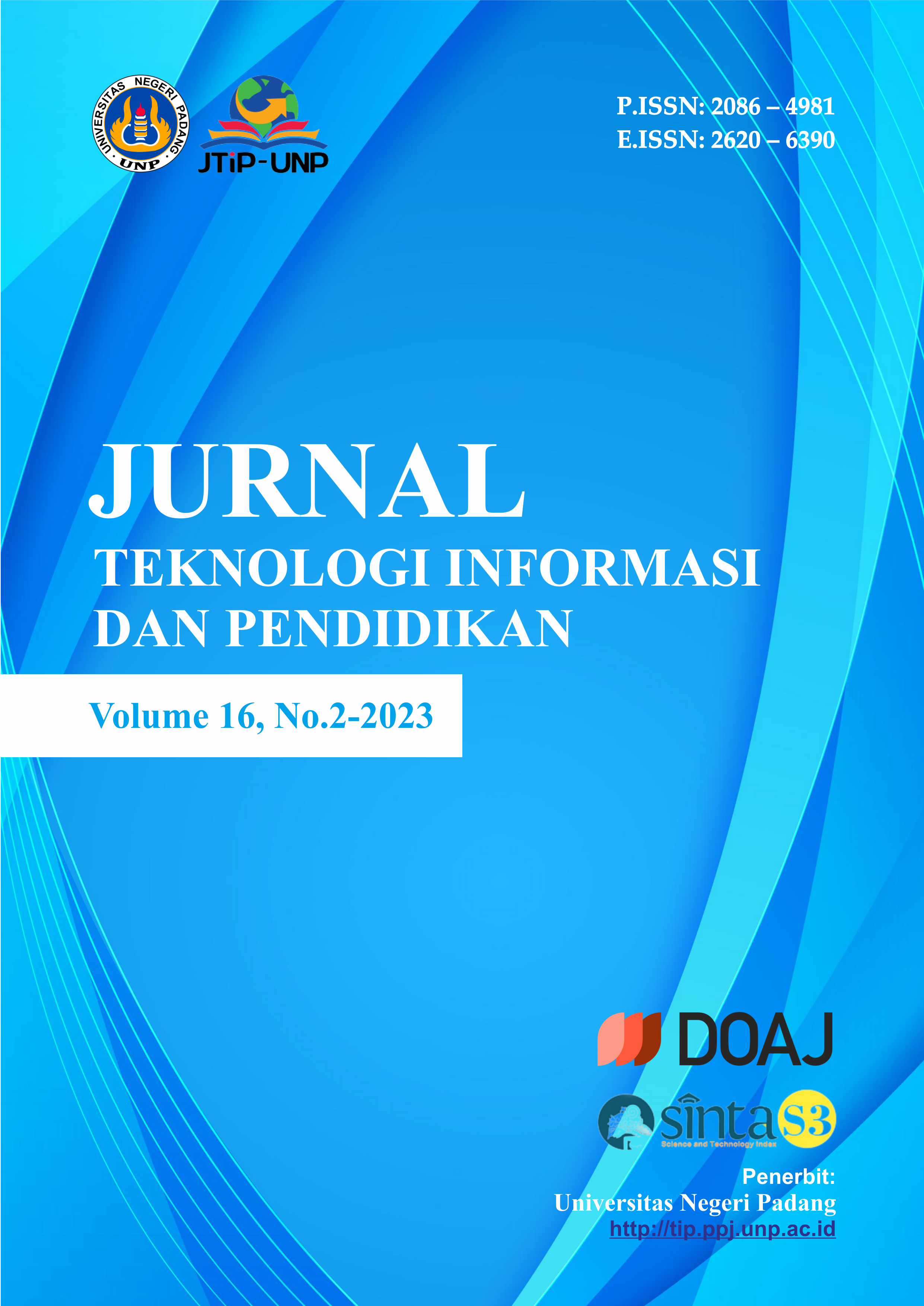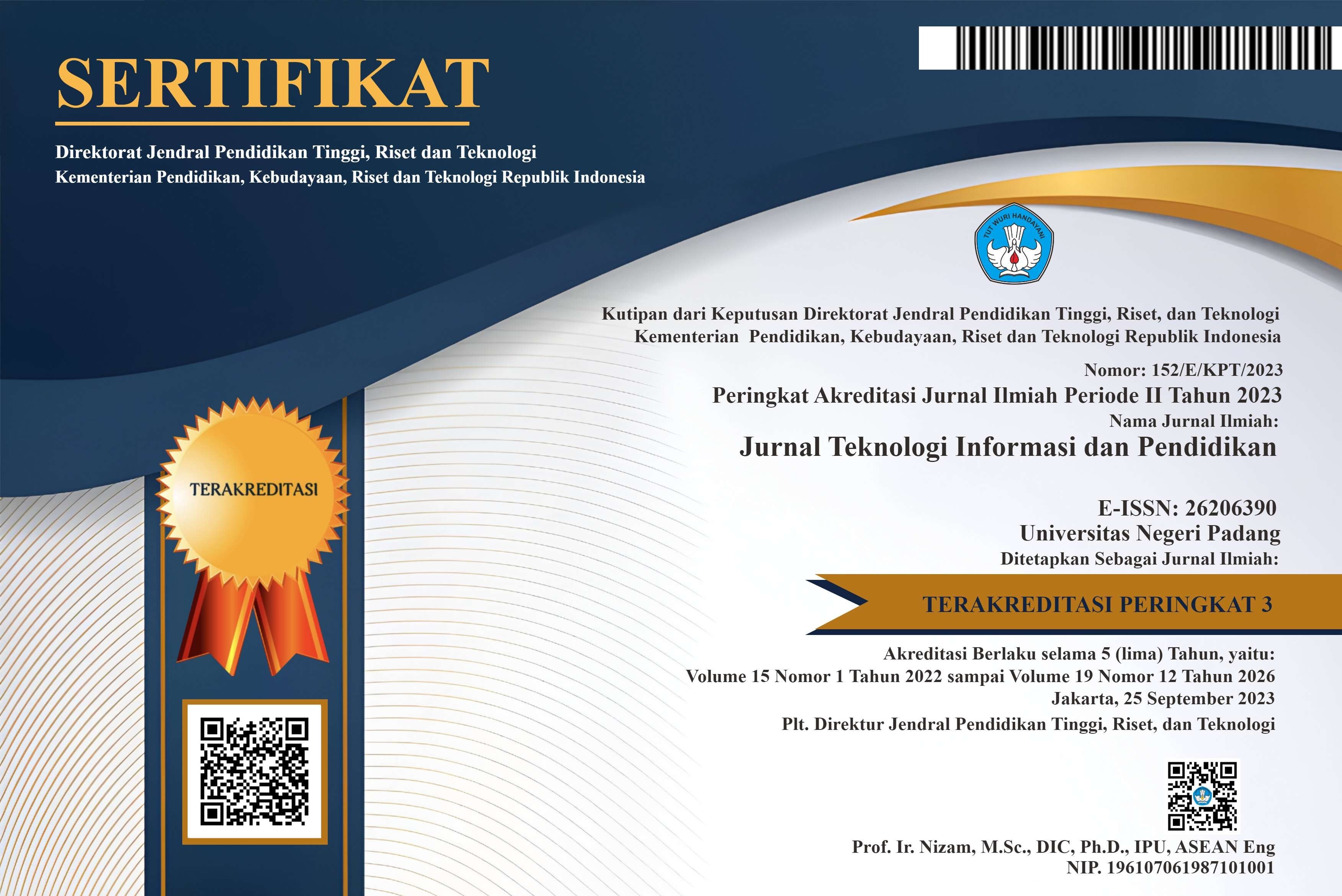Awareness on the Energy Saving Behaviour Among Students: Gamification Approach
Abstract
Various ways or strategies to give awareness to the people of Malaysia about energy savings. However, the strategy used by researchers is the use of gamification to provide awareness for energy saving. Therefore, observations based on previous studies should be made based on gamification and energy saving. Results from previous studies show that gamification can motivate and change a person's behavior. In this study, researchers focus on obtaining information based on game design elements based on the researcher's objective which is What are the game design elements that are needed to improve learners' understanding of the content of energy-saving behavior. To qualify, researchers use quantitative methods. As a result of the study conducted, researchers present the findings of a pilot study on Bachelor of Design students. the reliability coefficients obtained for all five constructs in the assessment instrument for Bachelor of Design students. It is found that Cronbach Alpha values range from 0.955 to 0.984. This concludes the value that can be a guideline to develop gamification based on the design elements and can make users aware of energy saving.
References
Adham, K. N., Siwar, C., & Bhuiyan, A. H. (2015). An Overview of Malaysian Government Initiatives on Sustainable Consumption and Production Practices. International Journal of Sustainable Development, 8(6), 23–32.
Trotta, G. (2018). Factors affecting energy-saving behaviours and energy efficiency investments in British households. Energy Policy, 114(December 2017), 529–539. https://doi.org/10.1016/j.enpol.2017.12.042
Abdul Rahman, A. K., Zulkifli, S. A., & Pathman, E. (2020). A new energy exploration for Malaysia’s future electric supply based on waste kinetic energy: ideas, concepts, and possibilities. Electrical Engineering, 102(1), 223–236. https://doi.org/10.1007/s00202-019-00862-1
Jackson, M., Tangkui, R., Tan, C. K., Zakaria, S., Ahmadzadeh, A., Roslan, R., Kavousian, A., Rajagopal, R., Fischer, M., Rasiah, R., Al-Amin, A. Q., Ahmed, A., Filho, W. L., Calvo, E., Hamari, J., Zou, F., Cao, Y., Wu, B., Yu, X., … Wai, C. W. (2020). Gamification: Motivating Users’ Energy Conservation Behaviour. Renewable and Sustainable Energy Reviews, 11(1), 194–207. https://doi.org/10.1016/j.ijsbe.2015.07.005
Liu, F. J., & Lu, C. M. (2021). Design and Implementation of a Collaborative Educational Gamification Authoring System. International Journal of Emerging Technologies in Learning, 16(17), 277–289. https://doi.org/10.3991/ijet.v16i17.24087
Lu, S. J., Liu, Y. C., Chen, P. J., & Hsieh, M. R. (2020). Evaluation of AR embedded physical puzzle game on students’ learning achievement and motivation on elementary natural science. Interactive Learning Environments, 28(4), 451–463. https://doi.org/10.1080/10494820.2018.1541908
Ozcinar, Z., Zakirova, V. G., Kurbanov, R. A., & Belyalova, A. M. (2019). Analysis of the documents published in the web of science database on teachers’ gamification method: A content analysis. International Journal of Emerging Technologies in Learning, 14(22), 82–94. https://doi.org/10.3991/ijet.v14i22.11741
Putz, L. M., Hofbauer, F., & Treiblmaier, H. (2020). Can gamification help to improve education? Findings from a longitudinal study. Computers in Human Behavior, 110(April), 106392. https://doi.org/10.1016/j.chb.2020.106392
Morganti, L., Pallavicini, F., Cadel, E., Candelieri, A., Archetti, F., & Mantovani, F. (2017). Gaming for Earth: Serious games and gamification to engage consumers in pro-environmental behaviours for energy efficiency. Energy Research and Social Science, 29(September), 95–102. https://doi.org/10.1016/j.erss.2017.05.001
Bicen, H., & Kocakoyun, S. (2018). Perceptions of students for gamification approach: Kahoot as a case study. International Journal of Emerging Technologies in Learning, 13(2), 72–93. https://doi.org/10.3991/ijet.v13i02.7467
Böckle, M., Novak, J., & Bick, M. (2020). Exploring gamified persuasive system design for energy saving. Journal of Enterprise Information Management, 33(6), 1337–1356. https://doi.org/10.1108/JEIM-02-2019-0032
Sailer, M., Hense, J. U., Mayr, S. K., & Mandl, H. (2017). How gamification motivates: An experimental study of the effects of specific game design elements on psychological need satisfaction. Computers in Human Behavior, 69, 371–380. https://doi.org/10.1016/j.chb.2016.12.033
Casals, M., Gangolells, M., Macarulla, M., Forcada, N., Fuertes, A., & Jones, R. V. (2020). Assessing the effectiveness of gamification in reducing domestic energy consumption: Lessons learned from the EnerGAware project. Energy and Buildings, 210. https://doi.org/10.1016/j.enbuild.2019.109753
AlSkaif, T., Lampropoulos, I., van den Broek, M., & van Sark, W. (2018). Gamification-based framework for engagement of residential customers in energy applications. Energy Research and Social Science, 44(May), 187–195. https://doi.org/10.1016/j.erss.2018.04.043
Oikonomou, V., Becchis, F., Steg, L., & Russolillo, D. (2009). Energy saving and energy efficiency concepts for policy making. Energy Policy, 37(11), 4787–4796. https://doi.org/10.1016/j.enpol.2009.06.035
Kotsopoulos, D., Bardaki, C., Lounis, S., & Pramatari, K. (2018). Employee Profiles and Preferences towards IoT-enabled Gamification for Energy Conservation. International Journal of Serious Games, 5(2), 65–85. https://doi.org/10.17083/ijsg.v5i2.225
Koroleva, K., Melenhorst, M., Novak, J., Herrera Gonzalez, S. L., Fraternali, P., & Rizzoli, A. E. (2019). Designing an integrated socio-technical behaviour change system for energy saving. Energy Informatics, 2, 1–20. https://doi.org/10.1186/s42162-019-0088-9
Bekhet, H. A., & Othman, N. S. (2017). Impact of urbanization growth on Malaysia CO2 emissions: Evidence from the dynamic relationship. Journal of Cleaner Production, 154, 374–388. https://doi.org/10.1016/j.jclepro.2017.03.174
Zainal, N. R., Kaur, G., Ahmad, N. ‘Aisah, & Khalili, J. M. (2012). Housing Conditions and Quality of Life of the Urban Poor in Malaysia. Procedia - Social and Behavioral Sciences, 50(July 2012), 827–838. https://doi.org/10.1016/j.sbspro.2012.08.085
Ghazali, F., & Ansari, A. H. (2018). The Renewable Energy Act 2011: A Study on Renewable Energy Development in Malaysia. International Journal of Law, Government and Communication, 3(7), 143–151. www.ijgc.com
Zakaria, S., Ahmadzadeh, A., & Roslan, R. (2013). Flow properties of novolak-type resin made from liquefaction of oil palm empty fruit bunch (EFB) fibres using sulfuric acid as a catalyst. BioResources, 8(4), 5884–5894. https://doi.org/10.15376/biores.8.4.5884-5894
Maheswaran, D., Rangaraj, V., Kailas, K. K. J., & Kumar, W. A. (2012). Energy efficiency in electrical systems. PEDES 2012 - IEEE International Conference on Power Electronics, Drives and Energy Systems. https://doi.org/10.1109/PEDES.2012.6484460
Kavousian, A., Rajagopal, R., & Fischer, M. (2013). Determinants of residential electricity consumption: Using smart meter data to examine the effect of climate, building characteristics, appliance stock, and occupants’ behavior. Energy, 55, 184–194. https://doi.org/10.1016/j.energy.2013.03.086
Rasiah, R., Al-Amin, A. Q., Ahmed, A., Filho, W. L., & Calvo, E. (2016). Climate mitigation roadmap: assessing low carbon scenarios for Malaysia. Journal of Cleaner Production, 133, 272–283. https://doi.org/10.1016/j.jclepro.2016.05.145
Kamilaris, A., Neovino, J., Kondepudi, S., & Kalluri, B. (2015). A case study on the individual energy use of personal computers in an office setting and assessment of various feedback types toward energy savings. Energy and Buildings, 104, 73–86. https://doi.org/10.1016/j.enbuild.2015.07.010
Delzendeh, E., Wu, S., Lee, A., & Zhou, Y. (2017). The impact of occupants’ behaviours on building energy analysis: A research review. Renewable and Sustainable Energy Reviews, 80(May), 1061–1071. https://doi.org/10.1016/j.rser.2017.05.264
Honrado, J. P., Vieira, C., Soares, C., Monteiro, M. B., Marcos, B., Pereira, H. M., & Partidário, M. R. (2013). Can we infer about ecosystem services from EIA and SEA practice? A framework for analysis and examples from Portugal. Environmental Impact Assessment Review, 40(1), 14–24. https://doi.org/10.1016/j.eiar.2012.12.002
Copyright (c) 2023 Jurnal Teknologi Informasi dan Pendidikan

This work is licensed under a Creative Commons Attribution-ShareAlike 4.0 International License.















.png)














